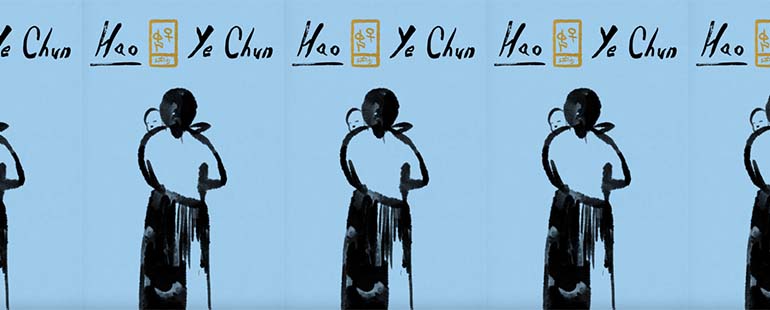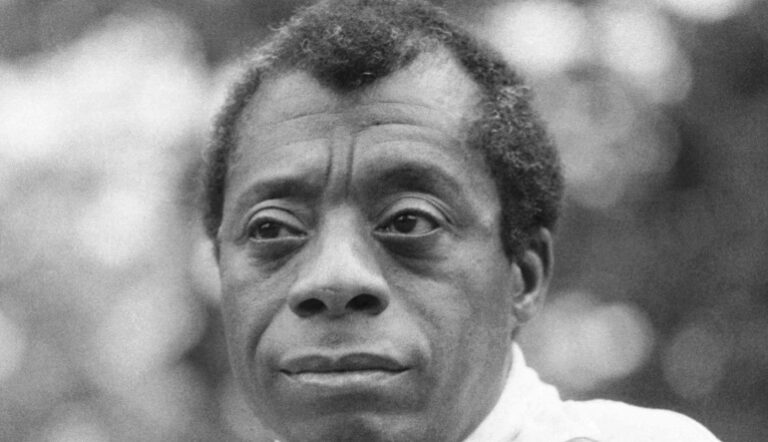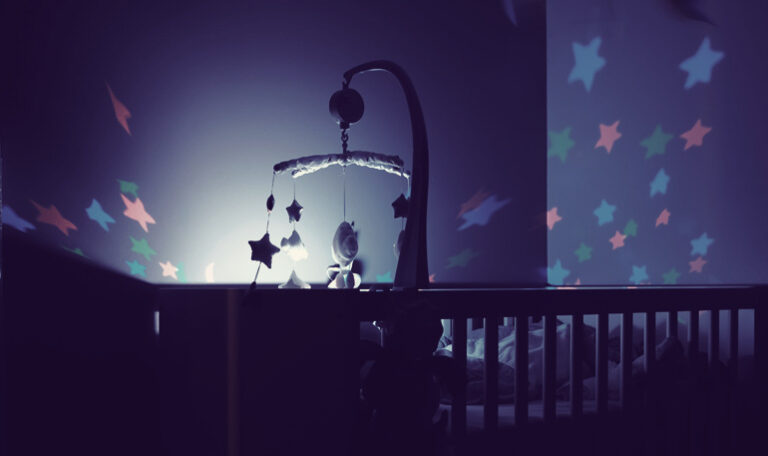Hao’s Exploration of Language

“Stars,” the opening story in Ye Chun’s new collection, Hao, focuses on a Chinese American woman who loses her ability to speak, a stroke having rendered her almost mute. The only word that she can say, and the word that she repeats again and again, is “hao,” which means good, yes, and okay. The most common word in the Chinese language, this is the one that has remained. Slowly, the woman regains other words, but not sentences. It is only when her daughter sings her a lullaby—a lullaby that she had composed and once sung to her daughter—that she spontaneously begins to sing along, forming her first sentence. Thus begins the focus in this collection on language and, more specifically, on words and their ability to represent the world. As the collection builds, drawing and exploring the lives of Chinese women, the importance of language to communicate, to understand, and to dream is illustrated again and again.
In “Hao,” which takes place in 1966, during the Cultural Revolution, an imprisoned woman recalls the Oracle Bone Script symbols that formed the foundation for the current Chinese written language. She and her daughter play a “word game,” one in which she draws words on her young daughter’s back: “She will start with a word’s original form and let Ming guess what it is, and then trace its evolution to its current simplified version.” The language is descended from earlier versions: “words were not made of random strokes, that each came into being for a reason, with logic behind it, and thoughts and imagination.” The character for “ten thousand,” for example, comes from a pictograph of a scorpion; the character for “nothing” comes from a pictograph of a person dancing, waving flowers for the dead. Each character holds within it stories that have developed over time.
As the woman is repeatedly beaten and abused by the Red Guard, she finds more comfort in the word game that she plays with her daughter. The words begin to take on lives of their own, transporting the woman beyond the world in which she lives: “Usually, they’re simple words about the natural elements—star, wind, mountain, river, the seasons, the colors, types of animals, names of plants and flowers. As though she’s recreating the world, its blue hills, clouds like pagodas, blooming trees, laughing children pairs of wings.” The words allow them to escape to another place: “How quiet it is: you can hear each birdcall and its echo between the rock faces and the sound of water gurgling just out of view.” As mother and daughter draw the words on each other’s back, they are able to create an alternate reality that allows them to suffer through the days of pain. The mother “thinks of each word as a seed, an origin, a center where its meanings radiate . . . She is planting a seed, and together they will name it, nurture it, give it new meanings, and salvage it from hate and abuse.” Language provides not only an escape but a way to renew life, to protect it from those who seek to destroy.
In the 1940s, a marriage is arranged for a young Chinese woman in “A Drawer.” The husband leaves for the army and returns infrequently. The woman begins to draw as a way to understand what she is thinking and feeling. She draws in the dirt with a stick, her worries manifesting themselves in visual images: “miniature corpses lie about in the dirt: with gashes across chests, torsos without limbs, bayonets sticking out of bellies, fragmented heads.” Her mother-in-law is appalled, and the woman erases the drawings with her hand. She, too, is shocked at the images she produced. But still, she continues to draw. Given that she’s not allowed paper and ink:
She draws in her head, imagining a scroll unroll into a piece of white paper on which she will use her husband’s ink and brush to draw, to paint, from left to right, and even when she reaches the very end at the right, she will still be able to step back and see the whole picture. The whole piece. She will see the images travel and arrive from somewhere to somewhere. She will just sit there, stay perfectly still, except for her hand moving the brush. She will continue to draw until she can see the image of the beginning of life and its nature of kindness.
The woman, who is drawing in order to see the whole, in order to see the goodness that is not in her life, draws pictures instead of writing words in part because she is illiterate. Upon his return, her husband forces her to sign papers that she cannot read and therefore does not understand. He tells her, later, that he had to divorce her as “they had no common language.”
She remains with her daughter in her mother-in-law’s home, caring for her, where she takes paper and ink out of her husband’s drawer and begins drawing again. She draws her husband and his new wife and her mother-in-law. Slowly, over time, she is able to see and understand her world through her pictures, through the simplest of brush strokes: “And when she is able to do it just right, with the right amount of ink, tone, and shade, with the right strokes of energy and precision, the images will float out of the paper as if on an exhaling breath, and then she will feel a peace she seldom feels.” Much like the Oracle Bone Script, the woman’s drawings represent the world around her; she is essentially creating her own written language as she seeks to find meaning and goodness in her life.
A later story in the collection, “To Say,” continues this woman’s story, but through the perspective of her granddaughter. The generations of a family mimic the generations of a language; both hold stories within. The first person narrator speaks of her mother going to visit her estranged grandfather: “She wanted to say something to him, on behalf of her mother, who she knew would want to say something, but couldn’t, and instead grew more and more silent. The words remained tangled and sunken inside her mother and she wanted to salvage them, to bring them to light and let them hang crystal clear in the space between her and her father.” The words here hold volumes—stories and thoughts and feelings and pain. They are containers for everything that has happened but they cannot come to light. We feel the daughter’s desire on her mother’s behalf but we also understand her inability to help.
After the grandmother dies, the narrator and her mother again visit the grandfather. Again, they are unable to speak: “Words might be turning inside each of us, but we kept our tongues arrested.” The narrator then realizes that perhaps she had misunderstood what lay within her mother: “We sat as though in mourning. Maybe that was why my mother took me there—maybe the silence, rather than unsaid words, was what she carried inside her—so that the three of us, for the first and only time, could gather together, brief as it was, and mourn for my grandmother.” The narrator—the granddaughter—now has her own daughter. And now these stories—of four generations of women—can be told out loud. Still, the narrator recognizes the weight of the silence that lay within her mother and her grandmother. Her mother gives her a navy wool coat that her father had given her. When the narrator puts it on, she recognizes in it the qualities of her forebearers, a mixture of comfort and sorrow: “It was heavy, mute, but kept me warm.” There is beauty in words and language, but there is also beauty in silence.
“Signs,” the final story of the collection, is a folk tale of sorts, about the origins of the Oracle Bone Script. A four-eyed record keeper named Cangjie, who lives during the Bronze Age, is tasked with creating a system of notation that is more complicated than the current system of tying knots. He dreams of his dead mother, and she seems to be trying to show him the way, with details that point at objects in the world. He can’t quite figure out what she is trying to tell him, but he then runs into hunters who are using animal tracks to find their prey. And that’s when he realizes his mother’s message: “An imprint of a thing that projects the thing into the viewer’s mind, the imprint unique and easy to draw with simple lines.”
From there, Cangjie begins to collect signs that he sees. His first signs—taken from children’s drawings in the dirt—are for sun, baby, and flying. He learns that these images cannot fully replicate the thing itself: “He has come to accept that there are no pure or full signifiers: only approximations, and compromise is an inevitable part of his task.” He slowly builds his inventory of signs, moving from objects to feelings, learning how to represent an emotion in a symbol. He draws “terror” by combining a heart and a blankness, “remembrance” by combining a connected head and heart that face in the same direction, and “dream” by showing “a man lying on a bed with his eyes closed but who still see, sees more clearly than while awake.”
Many of the symbols that are shown and discussed in this story have appeared in earlier stories, and we now recognize them and understand their meaning. Each story is titled with an image and with English words; the table of contents lists both as well. We have learned a bit of this earlier language, and upon returning to the table of contents, the Oracle Bone Script signs take on enhanced meaning. We see the relationship between the image and the words, and we understand the stories that lie behind both. The beautiful symbol for hao is a woman holding her child; we now understand why the word means good and yes and okay. There is a richness to ending the book in this way, to ending it at the beginning. The collection begins in a place of emptiness, and it ends in a world overflowing with stories and words.


